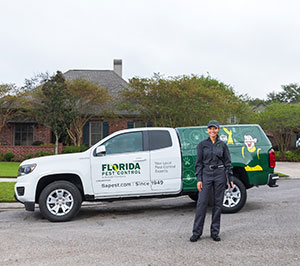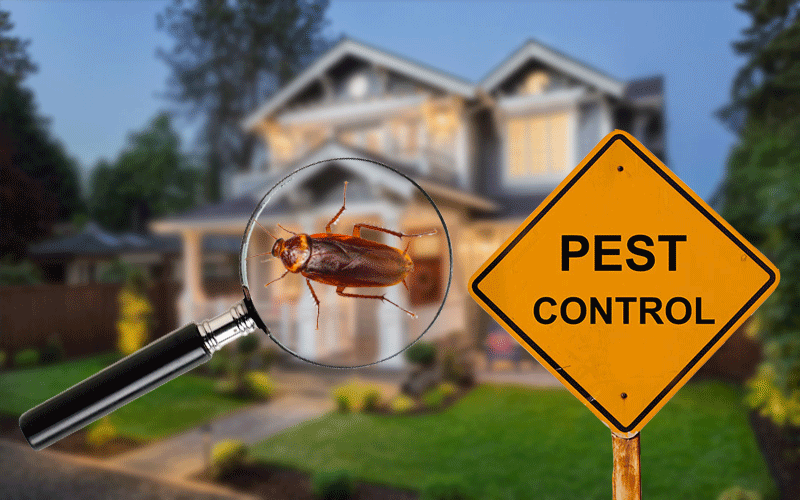Dependable A1 Bed Bug Exterminator Charlotte - Do Away With Bed Bugs Quick
Bed Pest Treatment Breakdown: Contrasting Chemical Vs. Non-Chemical Solutions
In the realm of insect control, specifically when handling the persistent concern of bed pests, the option in between chemical and non-chemical therapy remedies can be a pivotal one. Both methods supply distinctive benefits and disadvantages, influencing factors such as efficiency, safety and security factors to consider, and total cost. By checking out the nuanced details of each technique, a clearer understanding of which course to go after in addressing a bed pest invasion can be acquired.
Effectiveness of Chemical Treatments
Chemical therapies for bed insect invasions have actually been widely acknowledged for their potent and quick efficiency in eradicating these pests. When considering the performance of chemical therapies, it is crucial to recognize that they can offer a fast and extensive option to a bed insect issue.
In addition, chemical treatments have the advantage of offering residual effects, suggesting that they can remain to get rid of bed pests even after the initial application. This residual activity is especially beneficial in combating any kind of potential re-infestations. Furthermore, the quick activity of chemical therapies can bring relief to individuals dealing with extreme bed bug invasions, enabling them to reclaim control of their home quickly.
Security Worry About Chemical Solutions
One essential facet that needs cautious factor to consider when making use of chemical options for bed pest treatment is ensuring the security of occupants and the setting. While chemical treatments can be reliable in removing bed bugs, they might posture dangers otherwise handled appropriately. Among the key security worry about chemical solutions is the prospective damage they can cause to human health. Direct exposure to specific chemicals made use of in bed bug therapies can cause respiratory concerns, skin irritability, or various other negative responses, particularly in people with pre-existing problems or level of sensitivities. Furthermore, incorrect application or dose of chemical pesticides can result in toxic deposits lingering in the treated area, posing long-lasting wellness dangers to occupants.
Furthermore, the ecological impact of chemical services is an additional considerable consideration. Some chemicals utilized in bed pest therapies may be damaging to helpful insects, wild animals, and communities if they seep right into the dirt or water supply. It is important to utilize chemical treatments deliberately, adhering to safety and security standards, and taking into consideration less harmful options to minimize these risks and make sure the efficient and risk-free management of bed pest infestations.
Benefits of Non-Chemical Strategies
Thinking about the possible security worries and ecological influence connected with chemical remedies for bed pest treatment, exploring non-chemical methods provides a promising alternative with several distinctive benefits. Non-chemical methods provide a much safer choice for houses, especially those with kids, people, or family pets delicate to extreme chemicals. These techniques eliminate the dangers of direct exposure to hazardous substances, minimizing the capacity for negative health and wellness effects. Additionally, non-chemical therapies are eco-friendly, as they do not add to air or water air pollution, making them a sustainable option for insect control.
In addition, non-chemical solutions can be efficient in targeting bed pests, including hard-to-reach locations where chemical therapies might not permeate. Techniques such as warmth treatment, vacuuming, heavy steam cleansing, and mattress coverings give thorough eradication without using damaging chemicals. In addition, non-chemical methods can be less disruptive, needing marginal preparation and permitting quicker reentry into dealt with areas. Generally, deciding for non-chemical bed bug treatment methods not only focuses on safety and security and environmental security yet also makes sure detailed and effective pest control.
Limitations of Non-Chemical Treatments

In addition, non-chemical therapies usually need multiple applications to attain successful elimination. This can be time-consuming and might not always guarantee review full elimination of all bed pests and their eggs, particularly in covert or hard-to-reach areas.
Additionally, the success of non-chemical treatments greatly depends on correct implementation and thoroughness, which can be challenging for people without specialist experience. Poor application of non-chemical techniques may result in insufficient elimination, bring about persistent problems and the requirement for additional treatments.
Consequently, while non-chemical treatments have their benefits, it is vital to recognize these constraints and consider them when identifying one of the most effective strategy for managing bed pest infestations.
Cost Contrast: Chemical Vs. Non-Chemical Options
Given the limitations connected with non-chemical therapies, a crucial aspect to evaluate in the context of bed insect monitoring is the cost contrast in between chemical and non-chemical alternatives. In comparison, non-chemical treatments like warm therapy or steam can be a lot more pricey, with prices ranging from $1,000 to $6,000 for an entire home. While the initial expense of chemical treatments might seem reduced, numerous therapies might be called for to completely eradicate the problem, possibly boosting the general cost.
Verdict

Thinking about the prospective security issues and ecological effect connected with chemical remedies for bed bug treatment, discovering non-chemical techniques provides a promising alternative with numerous unique benefits.Offered the limitations linked with non-chemical treatments, a necessary element to assess in the context site link of bed bug monitoring is the cost contrast between chemical and non-chemical choices. In comparison, non-chemical therapies like warm treatment or steam can be more costly, with expenses ranging from $1,000 to $6,000 for a whole home. While the preliminary price of chemical therapies might appear reduced, numerous therapies might be needed to completely remove the invasion, possibly boosting the general price.In final thought, when contrasting chemical and non-chemical bed insect treatment choices, it is necessary to think about efficiency, safety and security, advantages, limitations, and cost.